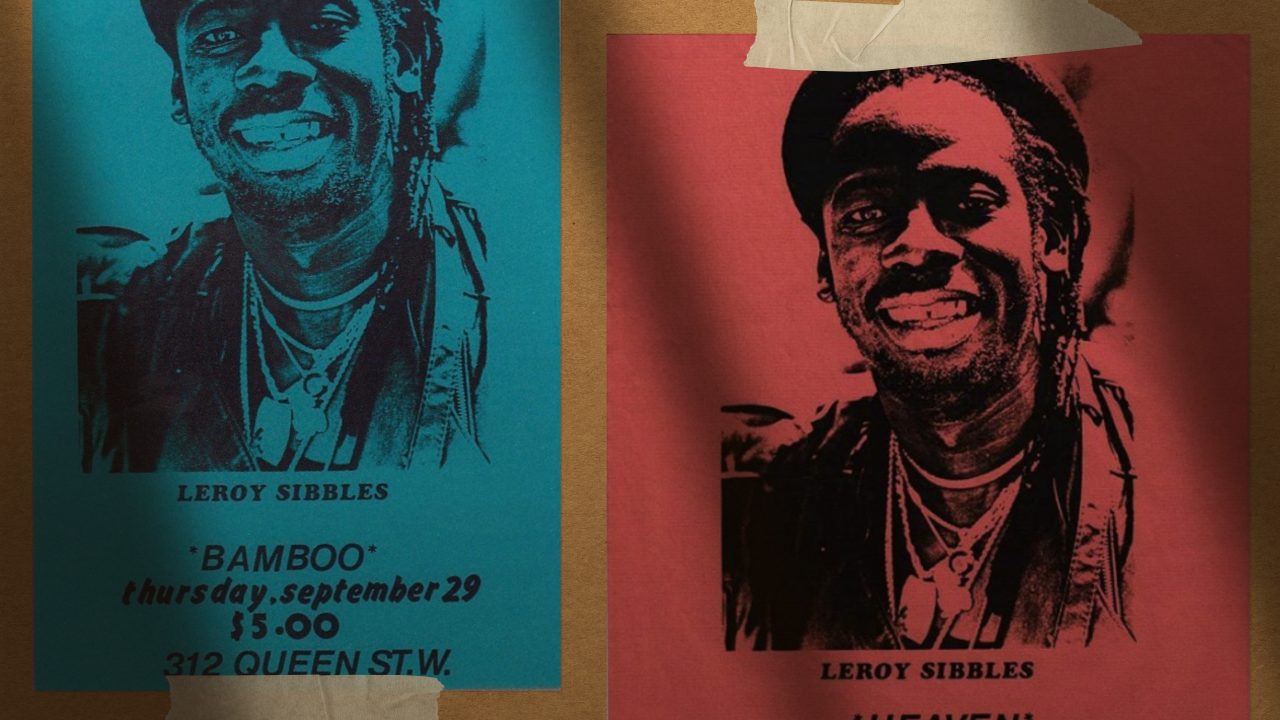
Reggae Legend Leroy Sibbles’ Unsung Contribution to an NFB Landmark | Curator’s Perspective
Reggae Legend Leroy Sibbles’ Unsung Contribution to an NFB Landmark | Curator’s Perspective
I recently made a surprise discovery about Jennifer Hodge de Silva’s Home Feeling: Struggle for a Community (1983): much of this seminal NFB film’s soundtrack was composed by the great Leroy Sibbles.
This edition of my Curator’s Perspective will focus on the Jamaican reggae legend and his overlooked role in the making of this soundtrack. For some background on the undisputed king of the reggae bassline, I invite you to watch the episode from Graeme Mathieson and Chris Flanagan’s Sounds & Pressure: Reggae in a Foreign Land (2024) that focuses on Leroy Sibbles, who left it all behind in his home country to create a new legacy for himself in Toronto.
Groundbreaking Director Jennifer Hodge de Silva
Jennifer Hodge de Silva (born Jennifer Hodge in 1951 in Montreal) was the first Black filmmaker to direct an NFB film that centred on the Black community’s perspectives and experiences. Her first professional credit at the NFB was associate producer/production coordinator on Terence Macartney-Filgate’s Fields of Endless Day (1978), a rare NFB docudrama that seeks to uncover the “roots” of Canada’s Black population, with a score composed by internationally acclaimed Black Canadian musicians Oscar Peterson and Rick Wilkins.
Fields of Endless Day, Terence Macartney-Filgate, provided by the National Film Board of Canada
One year later, Hodge de Silva directed her first NFB film, Canada Vignettes: Helen Law (1979), a portrait of a Chinese immigrant to Canada, as witnessed through the eyes of her son, a first-generation Canadian. Hodge de Silva’s next and—sadly—last film for the NFB was Home Feeling: Struggle for a Community (1983, with additional direction by Roger McTair),[viii] an NFB milestone in Black Canadian cinema. This feature-length doc was shot in north Toronto, in the heart of the infamous Jane-Finch “corridor.” Exploring issues of housing, unemployment and authoritarianism, the film focuses on several residents from the Jamaican, Grenadian and Guyanese communities, among many others, who were struggling to make a living in Toronto. It’s a memorable portrait of West Indies communities in early 1980s Toronto, all the more so because of Sibbles’ (until recently) unknown role in making the music for the film.
Home Feeling: Struggle for a Community, Jennifer Hodge & Roger McTair, provided by the National Film Board of Canada
Reggae Legend Leroy Sibbles
Born in Trench Town, Jamaica, in 1949, Sibbles has been referred to as the greatest all-around talent in reggae history.[ix] A composer, bassist, arranger and producer, he was also the lead singer for the influential ska/rocksteady/reggae group the Heptones, which recorded with all the major “golden age” producers, like Clement “Coxsone” Dodd, Lee Scratch Perry and Joe Gibbs, as well as Jerry Brown, who, as noted in Sounds & Pressure, created the first reggae recording studio in Canada, to give artists in Toronto a voice.
Sibbles was one of the main creative minds behind renowned record label Studio One, which helped launch the musical careers of other Jamaican superstars, including Horace Andy, Ken Boothe and Burning Spear. (One of the most enduring songs by Horace Andy, a.k.a. Sleepy, is “Mr. Bassie,” an homage to Sibbles whose title refers to his nickname.) Sibbles is also known for his contributions to reggae classics such as “Satta Massagana” and “Declaration of Rights” by the Abyssinians, “Door Peep (Shall Not Enter)” by Burning Spear and the instrumental “Full Up” (which inspired later hits “Pass the Kouchie” by the Mighty Diamonds and “Pass the Dutchie” by Musical Youth).

Sibbles and the Soundtrack for Home Feeling
At the peak of his career, Sibbles left his native country to create music in Toronto, as did a host of other Jamaican musicians (Jackie Mittoo, Johnny Osbourne and many more) who nurtured and challenged the city’s music scene in the 1970s. They broke ground in reggae in Toronto (and Canada), leaving an indelible if not yet widely acknowledged mark on the country’s music landscape. Though his name was spelled incorrectly as “Sibblis” (see image above) in the credits for Home Feeling (00:56:50–00:57:00), the original documents in the film’s file in the NFB’s archives (see images below) make it clear that Sibbles was responsible for the music.


As you can see, Sibbles was credited as composer/arranger/author of the original score for Jane Finch Corridor (the working title for Home Feeling). Knowing that he composed the music for this important film makes it an even more intriguing watch. Sibbles was credited for a total of over 11 minutes of the score (12 musical themes); for fans of his music, here’s a detailed list of the pieces he composed:
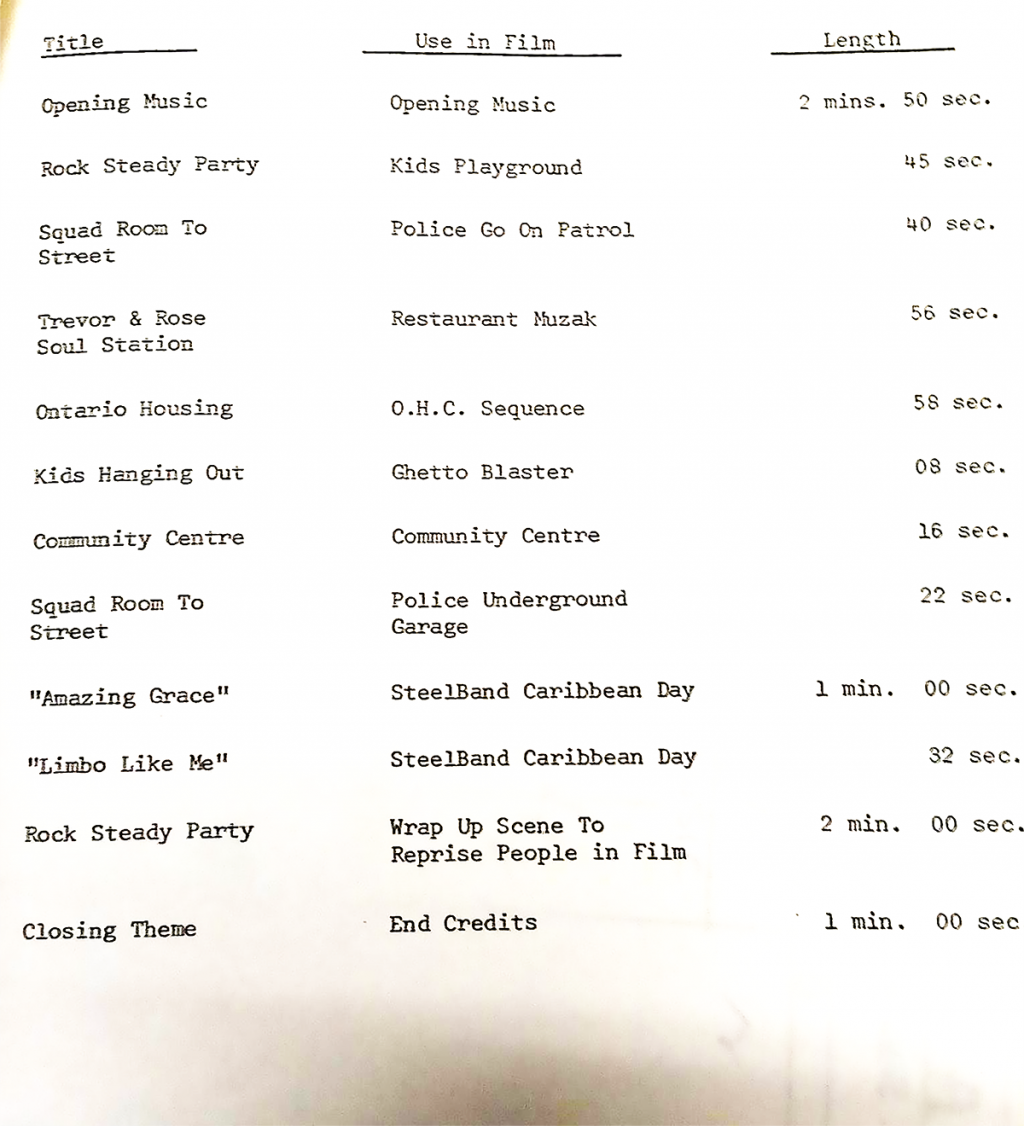
A Rich Collection with Undiscovered Surprises
The NFB’s collection is full of surprises, housing gems that talented collaborators from all corners of the world have had a hand in making. As a longtime fan of Leroy Sibbles, the Heptones and Jamaican music in general, I’m delighted to have discovered Sibbles’ contribution to an NFB project, which underscores the invaluable role of Caribbean artists in the Canadian and local music landscapes.
This summer, the NFB invites you to learn more about their role by watching Sounds & Pressure, the captivating five-part anthology series that takes you from Kingston to Toronto’s Kensington Market. Especially fascinating is the episode on “Dancehall Godfather” Johnny Osbourne, an alumnus of the Alpha Boys’ School, the orphanage in Kingston that was home to many artists who influenced the development of ska, rock-steady, roots and reggae—such as Yellowman, four founding members of the Skatalites (including Don Drummond and Tommy McCook), and two-tone and ska/reggae trombone legends Vin Gordon and Rico Rodriguez.
Who knows what future surprises will turn up in the gold mine that is the NFB’s archives—perhaps there are more as yet undiscovered contributions from other acclaimed artists, like the Dancehall Godfather himself!
Header Image: Leroy Sibbles (2024) by Chris Flanagan & Graeme Mathieson
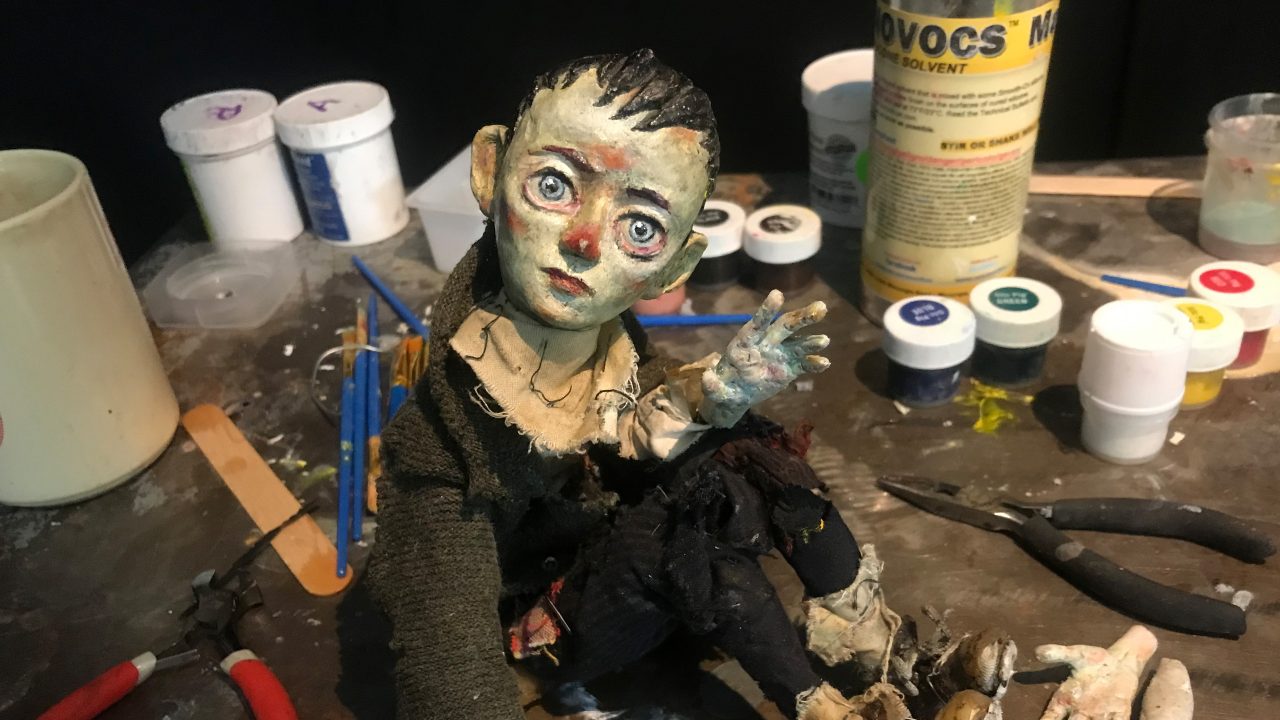

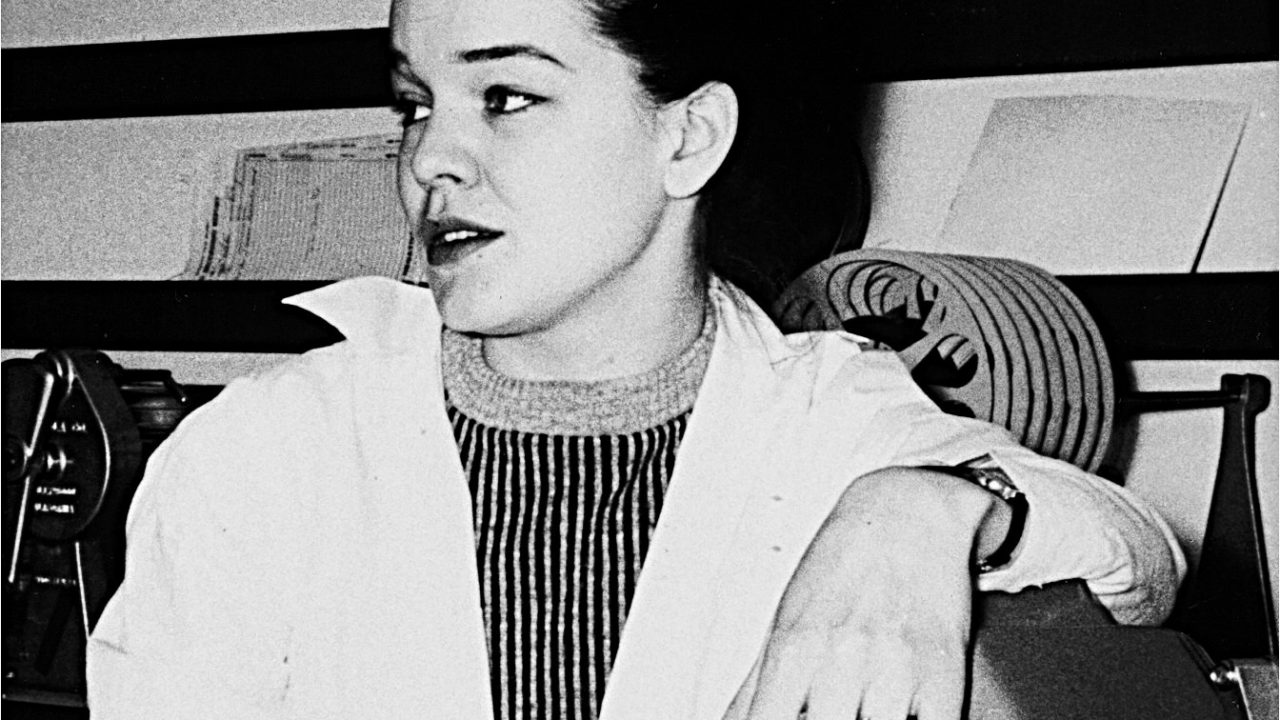
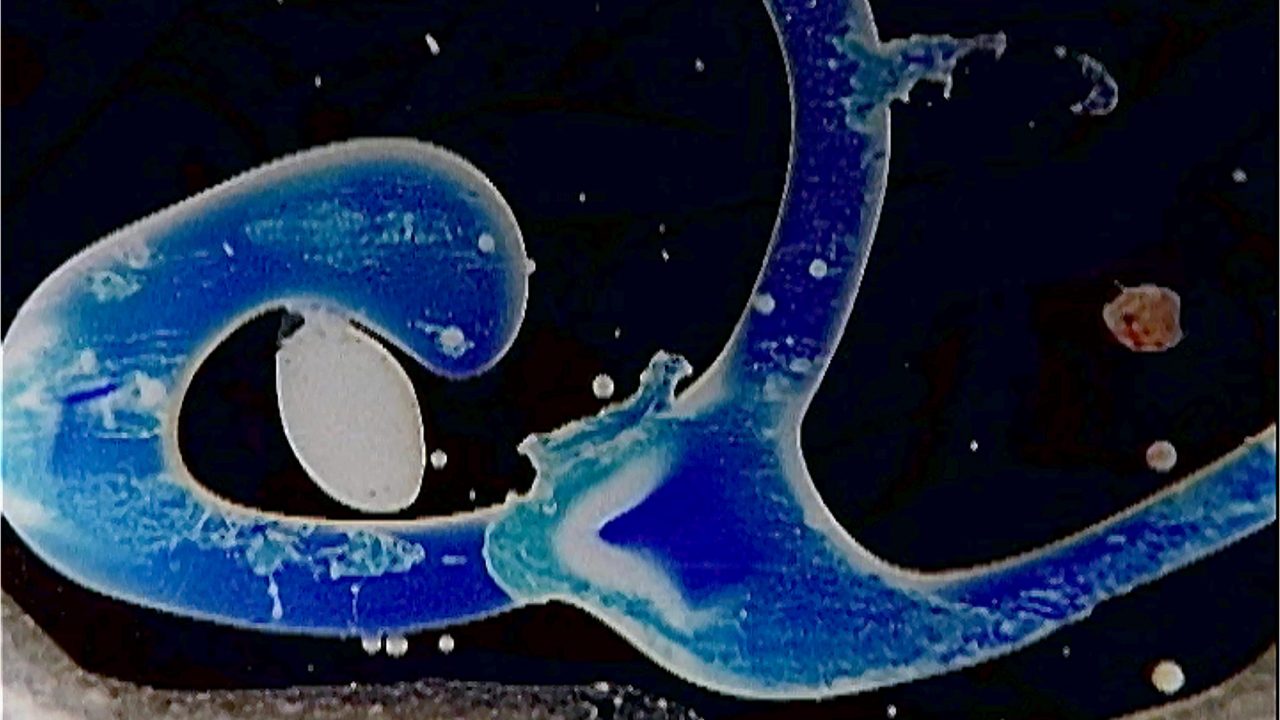
This series showcased the contributions of reggae artist in Canada at a time when Jamaica was experiencing serious sociopolitical crisis. These new Canadians were honoured their homeland through the genre of reggae music, while navigating a new place with new struggles that laid ahead.